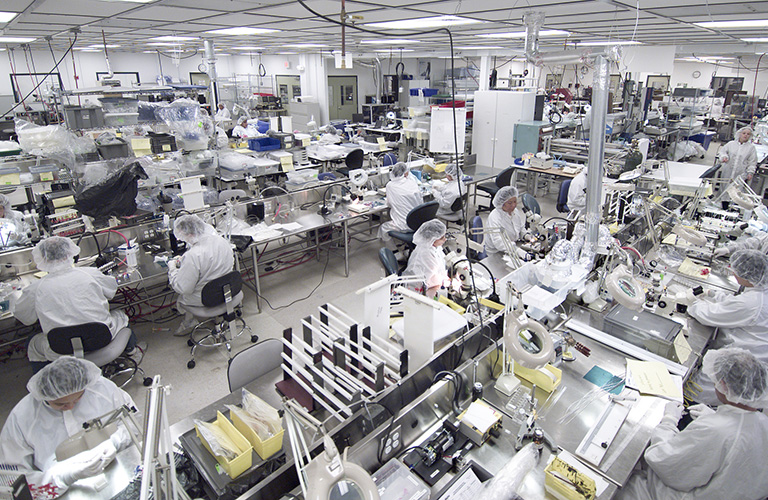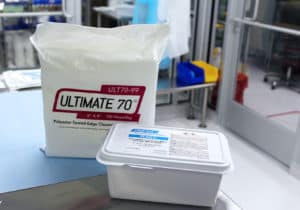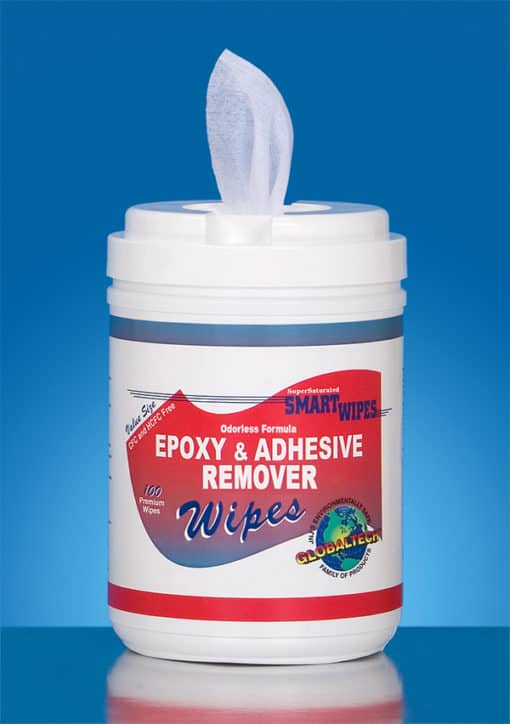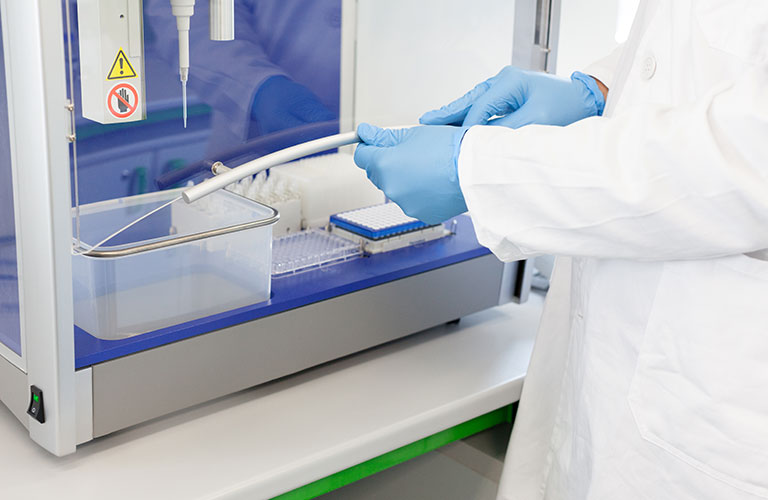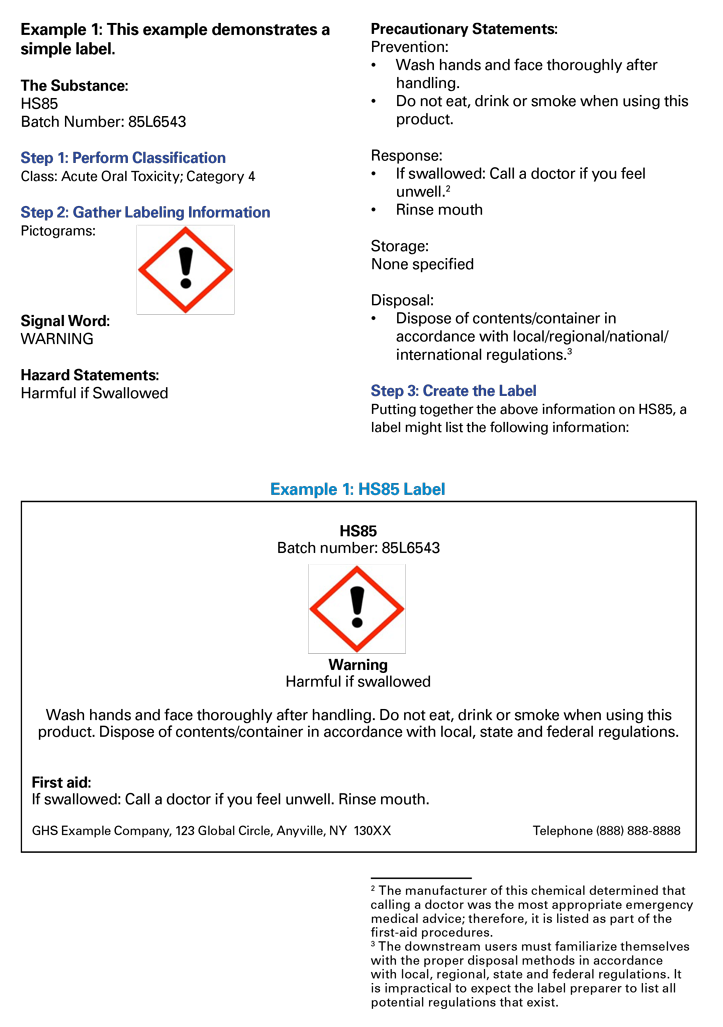Cleanroom News, General Topics
GHS Label Requirements: A Simple Guide For Cleanroom Practices
We have put together an easy guide for GHS label requirements for proper cleanroom practices.
The Globally Harmonized System (GHS) is a system for the classification and labeling of chemicals. It’s crucial because, without this system, a single product would require various labels and classifications because of varying regulatory systems across the world.
To work safely in a cleanroom, it’s essential to keep it as free of chemical vapors as possible.
There are six elements of a GHS label which help ensure safety in cleanroom practices by minimizing exposure to contaminants. Let’s look into each of those elements and what they mean to you.
1. Product Identifier
The product identifier is usually located in the label’s upper left-hand corner. The purpose here is to identify any hazardous chemicals appropriately. The product identifier typically includes the name of the chemical along with the batch number.
2. Signal Word
Danger! Warning!
These are called signal words and are there to get your attention.
Danger identifies a severe hazard whereas “warning” is used for those less severe hazards. Each label will be classified into one hazard type.
3. Hazard Statement
Now that you know the severity of the hazard, you want to know more about the reasoning behind the classification. The hazard statement gives you this information by listing the degree and the nature of the hazard.
4. Precautionary Statement
This is essentially a guide for lowering your risk of exposure and harm due to a certain chemical.
There are four types of precautionary statements:
1. Prevention statement: How to reduce your chance of exposure
2. Response statement: What to do in the event of exposure
3. Storage statement: How to store the chemical
4. Disposal statement: How to dispose of the chemical properly

5. Supplier Information
This section of the label tells you everything you need to know about the chemical supplier.
It includes the supplier or manufacturers name, phone number, and address.
6. Pictogram
Nothing grabs attention like a photo. They serve as a universal language for getting hazard levels across, no matter where you are in the world.
GHS label pictograms vary depending on each chemical, and one label can include various pictograms to depict different hazards.
Download GHS pictograms in vector format
Beyond GHS Label Requirements
Aside from the six elements of a GHS label, there are other areas that help with safe cleanroom practices.
Safety Data Sheets (SDS) provide information on hazards and help put safety precautions in place. They also provide information to poison centers, emergency response teams and more.
Personal Protective Equipment (PPE) is a preventive measure that ensures sanitary protection against contaminants. Think of it as a backup plan in the case of equipment malfunction. From eyewear to protective clothing, PPEs prevent harm in the event of exposure.
To make sure that everyone is on the same page when it comes to GHS label requirements and safety measures, employee training is essential. All employees should be trained on the GHS requirements and should know what to do in the case of contamination.
Learn more about us and the products we provide for best cleanroom practices here.
References
Osha.gov. (2019). Hazard Communication Standard: Labels and Pictograms. [online] Available at: https://www.osha.gov/Publications/OSHA3636.pdf [Accessed 3 Sep. 2019].
